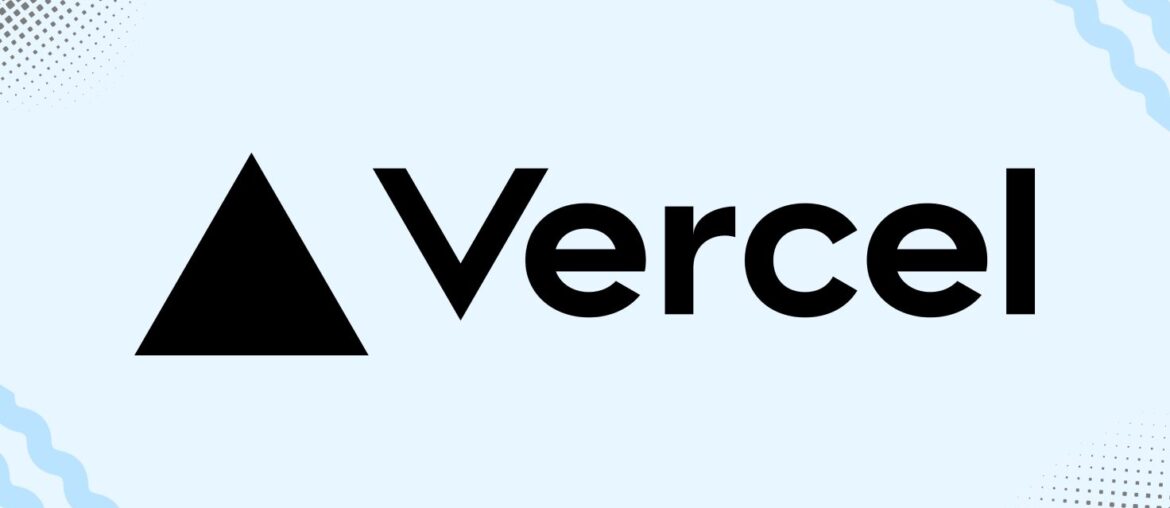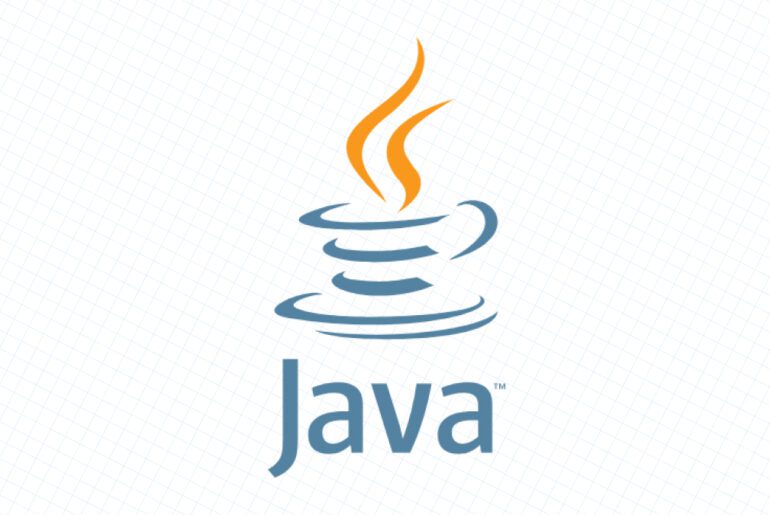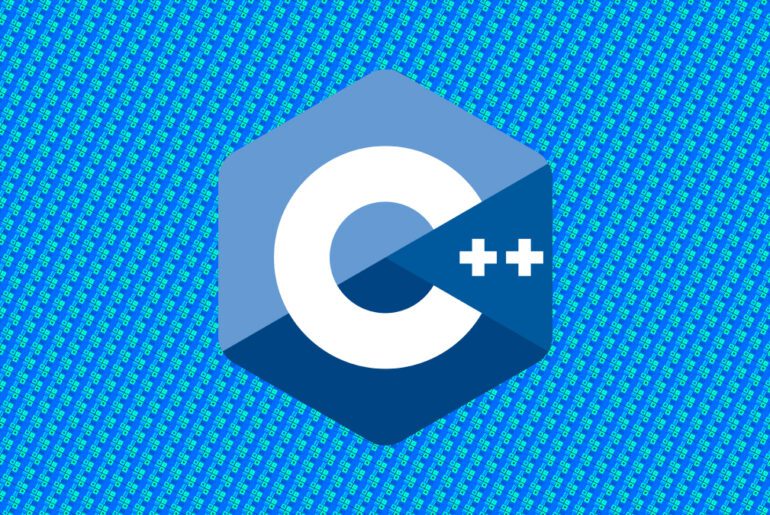Vercel is a cloud platform that lets you build, preview, and ship web frontends with minimal configuration. The company began in 2015 as ZEIT, focusing on serverless deployments for JavaScript apps, and rebranded to Vercel in April 2020 to emphasize a streamlined “develop → preview → ship” workflow and a growing bet on the React ecosystem—especially the framework it stewards, Next.js (first released in 2016).
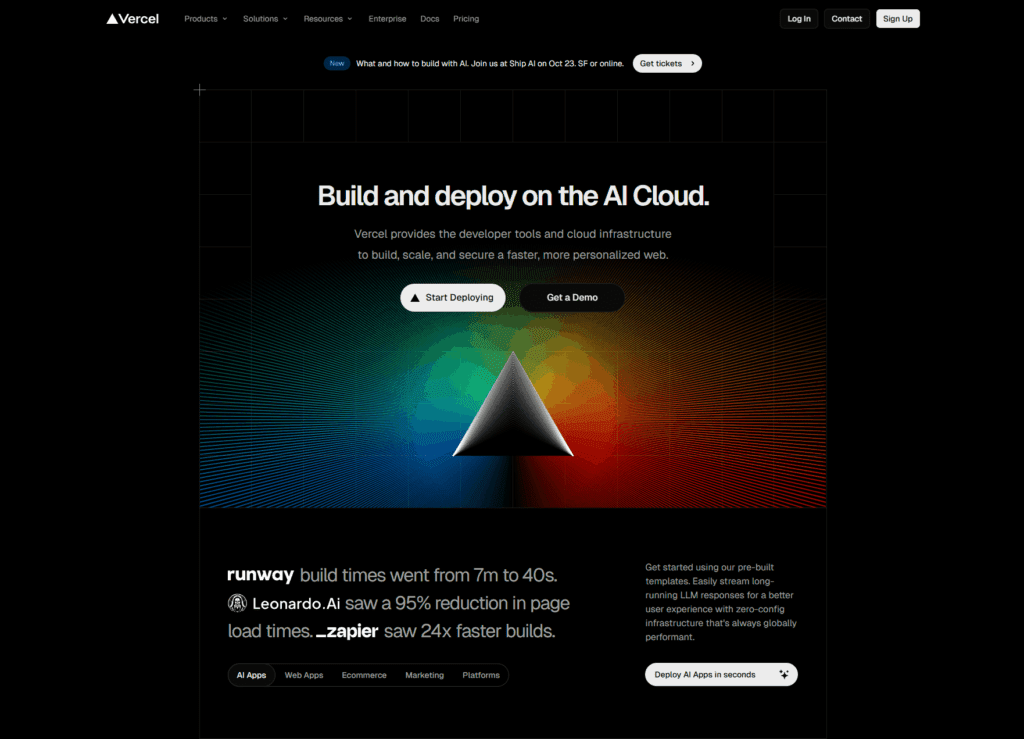
In 2024, Vercel’s trajectory was underscored by a $250 M Series E round and >$100 M ARR, reflecting broad enterprise adoption. Today, when you think “Vercel,” think “frontend cloud”: Git-driven deploys, a global edge network, and on-demand compute that scales automatically. This background matters because it explains why the platform feels opinionated yet fast: it fuses a framework’s intent with managed infrastructure.
Core idea: framework-aware infrastructure
Vercel detects your framework (e.g., Next.js) and infers the right build, routing, caching, and rendering defaults so you can ship without hand-tuning servers or CDNs. Under the hood, Vercel turns your source code into two artifacts: (1) static assets automatically cached on a global CDN and (2) functions that run either as serverless functions or Edge Functions near the user. This pairing covers common patterns—fully static pages, hybrid pages that revalidate on a schedule, and dynamic endpoints for APIs or server-rendered routes. The result is “infrastructure by convention”: you commit code, and Vercel arranges distribution and compute placement for performance and cost control.
How the development workflow feels
You connect your GitHub, GitLab, or Bitbucket repo; every push creates a Preview Deployment with its own URL, and merges to the production branch promote a Production Deployment. This pattern lets product, design, and QA review changes in real time, then ship with confidence—complete with instant rollbacks via deployment history and domain mapping. If you prefer the terminal, the Vercel CLI deploys the same way from your machine, making quick spikes and demos straightforward. In practice, you iterate locally, push, review the preview link with your team, and then merge to ship.
# From a project directory (first run will walk you through setup)
npm i -g vercel
vercel # creates a Preview Deployment
vercel --prod # promotes to Production (or deploys directly)What happens at deploy time
On each deployment, Vercel runs a framework-specific build, uploads your static assets to the Vercel CDN, and provisions functions for any server-side logic. Static assets are cached at the edge; functions execute either in regional serverless environments or at the edge depending on your chosen runtime. Because caching and compute sit close to users, latency drops without you managing regions explicitly. This division of labor—static at CDN, dynamic in functions—explains why Vercel handles both content sites and complex apps well.
Rendering models you will use
If you build with Next.js on Vercel, you can mix strategies per route:
- Static generation for speed and cost efficiency.
- Incremental Static Regeneration (ISR) to re-generate static pages in the background on a timer or on demand, avoiding full rebuilds.
- Server-side rendering or Edge Functions when content must be personalized or data must be fetched per request.
This hybrid model lets you start static and add dynamism where it pays off—a practical path to performance and maintainability.
// app/blog/[id]/page.tsx — Next.js with ISR
export const revalidate = 60; // seconds; background regeneration
export default async function Post({ params }: { params: { id: string } }) {
const res = await fetch(`https://api.dropletdrift.com/posts/${params.id}`, {
// Cache per ISR rules so Vercel can serve statically between revalidations
next: { revalidate: 60 },
});
const post = await res.json();
return <article><h1>{post.title}</h1><div dangerouslySetInnerHTML={{__html: post.content}} /></article>;
}Functions at the edge and in regions
Vercel offers two function runtimes. Serverless Functions run in regional data centers and suit heavier Node.js workloads and integrations. Edge Functions run on a lightweight runtime across Vercel’s global network for the lowest latency and fast cold starts—ideal for headers manipulation, A/B, auth checks, and streaming responses. Pick the edge when you need proximity to users; pick regional when you need proximity to your database or heavier compute.
// edge-middleware.ts — minimal Edge Function
export const config = { matcher: "/" }; // run on homepage
export default async function middleware(req: Request) {
const res = new Response("Hello from the edge");
res.headers.set("x-powered-by", "vercel-edge");
return res; // executes close to the user
}Caching and the global network
Vercel caches static files and eligible responses at the edge by default, and it exposes controls to tune cache headers, revalidation, and purge behavior. Because the CDN is integrated with the build system and runtimes, you get coherent behavior across static assets, ISR pages, and function responses. For advanced cases—proxying third-party origins or using Vercel purely as a CDN—you can still route and cache via configuration while keeping rollbacks and analytics in one place.
// vercel.json — example of simple CDN behavior and routing
{
"routes": [
{ "src": "/api/(.*)", "dest": "/api/$1" },
{ "src": "/docs/(.*)", "headers": { "cache-control": "public, max-age=86400" }, "dest": "/docs/$1" }
]
}Why this approach scales
As noted earlier, the value comes from fusing framework conventions with managed infra. Git-native previews reduce review friction; CDN-first delivery keeps hotspots cheap; and function runtimes cover just-in-time computation without warm-server complexity. For teams standardizing on React, the tight integration with Next.js—streaming HTML, image/font optimizations, and ISR—compounds those gains by making “the fast path” the default. Consequently, your operational surface area stays small even as the app footprint grows.
Getting started (quick path)
Create a repo, connect it in the dashboard or via the Git integration, and push. Your first push generates a preview URL; merging to the production branch ships globally with CDN caching and the functions you defined. If you later need to adjust performance or spend, you tune revalidation windows, cache headers, and function placement rather than re-architecting the stack. That initial hello-world deploy is simple by design—so you can focus on product.
Vercel vs DigitalOcean: different layers of the stack
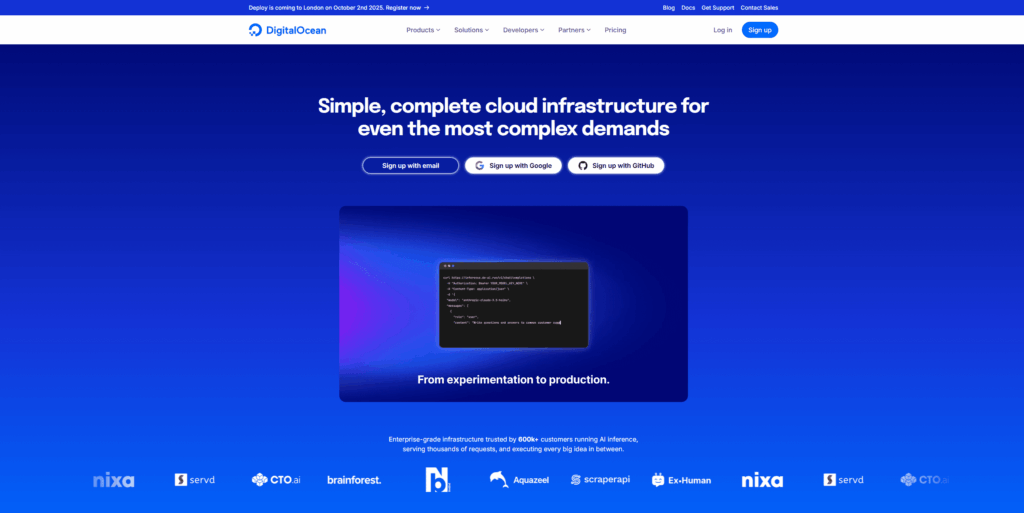
Vercel and DigitalOcean both simplify cloud hosting, but they operate at different layers of abstraction. Vercel is application-focused: it gives you a workflow and infrastructure optimized for frontends and serverless functions. DigitalOcean is infrastructure-focused: it provides virtual machines (Droplets), managed Kubernetes, and databases you assemble into your own stack. Understanding this distinction clarifies which platform fits your project best.
Developer experience
On Vercel, deployments begin with a Git push. You get instant preview URLs, automatic CDN caching, and functions provisioned without touching servers. By contrast, DigitalOcean expects you to define the runtime yourself: you spin up a Droplet, install dependencies, configure Nginx or Node.js, and manage deployments manually or through pipelines. That extra work yields more control but requires DevOps discipline. In practice, Vercel feels closer to “opinionated automation,” while DigitalOcean gives you “general-purpose primitives.”
Performance and scaling
Vercel distributes static assets and functions automatically across its global edge network. Scaling is implicit: if traffic spikes, Vercel routes requests to more edge locations without you resizing instances. DigitalOcean offers vertical and horizontal scaling too, but you trigger it—by resizing a Droplet, adding load balancers, or configuring Kubernetes. This makes Vercel better for spiky or global workloads, whereas DigitalOcean suits steady apps where you want cost predictability and direct instance control.
Cost models
Vercel’s pricing reflects its abstraction: you pay for function invocations, bandwidth, and advanced features like analytics. Costs rise with traffic but track closely to usage. DigitalOcean bills by provisioned resources—CPU, RAM, disk, bandwidth—even if your app is idle. This favors workloads with steady utilization or background processes that serverless platforms price poorly. In short: Vercel is efficient for bursty frontends; DigitalOcean is efficient for always-on servers.
Use cases in practice
- If you are building a React/Next.js frontend with hybrid rendering and want previews, CDN caching, and zero server maintenance, Vercel is purpose-built.
- If you need a custom backend with persistent processes (e.g., long-running workers, databases, message queues), DigitalOcean is a stronger fit.
- Many teams actually combine the two: host the frontend on Vercel and run the database or heavy APIs on DigitalOcean. The split leverages Vercel’s workflow for user-facing code and DigitalOcean’s infrastructure for core services.
To put it simply, Vercel works best when you want infrastructure hidden behind conventions, while DigitalOcean works best when you want infrastructure exposed for configuration. Both serve developers who value simplicity, but they simplify different problems.
Here’s a decision-matrix comparing Vercel and DigitalOcean across key dimensions. Use it as a guide rather than a rule—your project’s priorities will tilt the balance.
| Criterion | Vercel | DigitalOcean |
|---|---|---|
| Abstraction / control | High level: you push code and Vercel handles build, routing, caching, edge infrastructure | Low level: you manage servers, containers, orchestration, and networking yourself |
| Developer experience / workflow | Git-based deploys, preview URLs, instant rollbacks, minimal devops friction | You must set up CI/CD, provisioning, deploy scripts, OS maintenance |
| Scaling model | Auto-scales functions and static content; scaling invisible to you | You scale compute (Droplets, Kubernetes) manually or via autoscaling services |
| Edge / global delivery | Integrated global CDN + Edge Functions for minimal latency | You can deploy load balancers or use CDN services separately; no native edge compute |
| Compute types | Serverless functions (Node, Go, etc.), Edge Functions, ISR, SSR | Virtual machines, containers, Kubernetes, managed services |
| Function limits / runtime | Timeouts, memory/RAM caps; best for short-lived requests and light compute | Greater flexibility: longer jobs (background tasks, batch processing) more feasible |
| Pricing model | Pay per invocation, bandwidth, functions, premium features | Pay for provisioned resources (CPU, RAM, disk, networking), even when idle |
| Predictability & utilization | Efficient for bursty / variable traffic; may become expensive under constant high load | Predictable cost when utilization is stable; idle resources still incur cost |
| Backend / stateful workloads | Suitable for lightweight APIs or connectors; you’ll often offload databases or heavy backends to other services | Stronger support for stateful services: databases, message queues, long-run processes |
| Flexibility & custom stack | Constrained to the patterns supported by Vercel’s runtime and configuration | Full flexibility: install anything, use any stack, run custom OS agents, etc. |
| Maintenance burden | Very low: you don’t manage servers, OS patches, scaling logic | Higher: you maintain OS, security patches, backups, monitoring |
| Use-case sweet spots | Frontends, JAMstack, Next.js apps, small/midsize APIs | Backend services, compute-intensive tasks, full-stack apps, custom infra |
| Risk / vendor lock-in | Some lock-in when you depend heavily on Vercel architecture (ISR, edge routing) | Lower lock-in at the infra level (more portable, though you may still rely on DO’s APIs) |


